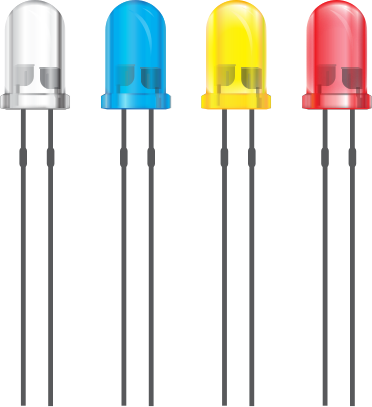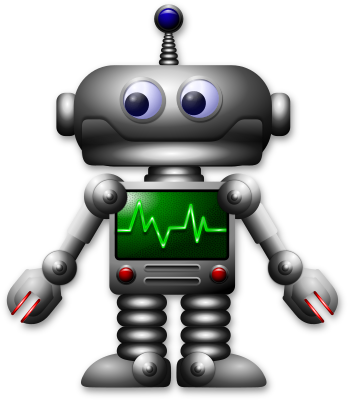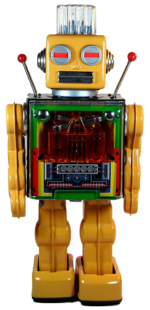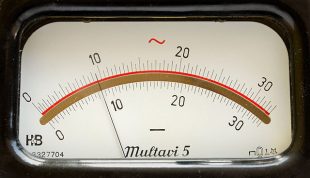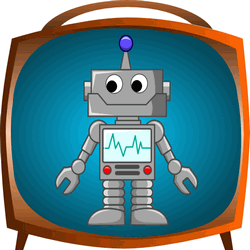Introduction to Transistors – Transistor Projects
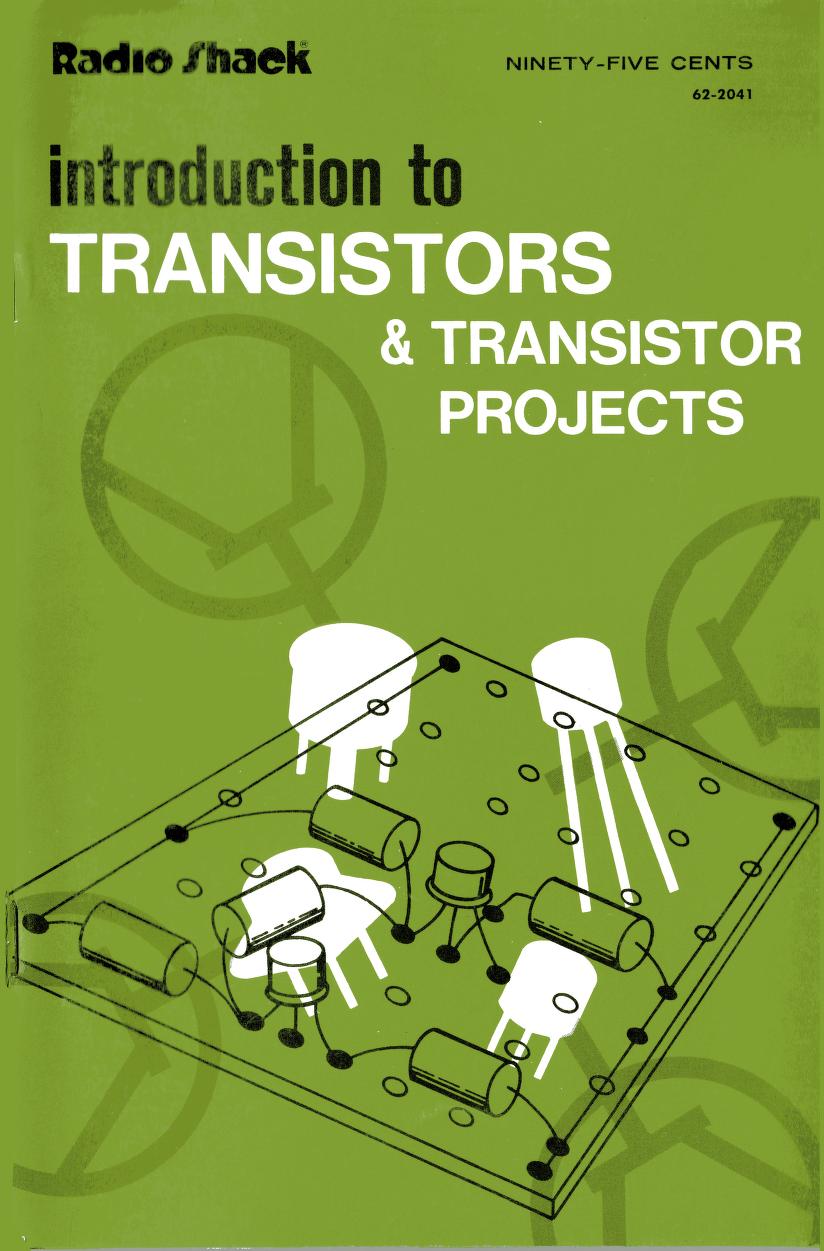
This book is intended to show the electronics experimenter how the transistor was developed, how it is manufactured, and how it works. The heart of the book is the description of transistor operation, for the experimenter who masters these fundamentals is well on the way to being able to design his own electronic circuits.
This modern technological revolution is the result of the transistor and other semiconductor electronic devices. The large scale manufacturing of inexpensive, efficient transistors has helped place miniature radios in the hands of a substantial part of the world’s population. Transistors and other semiconductor devices have made possible the important weight reductions necessary for practical space travel. In fact, as we will see later, practically every aspect of modern life is influenced in some manner by semiconductor technology.
Years before practical LEDs were commercially available, a variety of light-sensitive transistors and diodes were made available. It was recognized that transistor junctions responded to light and by 1952, J. N. Shive had developed a reliable phototransistor. A point-contact device, Shive’s light-sensitive “M1740 photocell” was the predecessor of the literally dozens of types of photodiodes and phototransistors available today.










